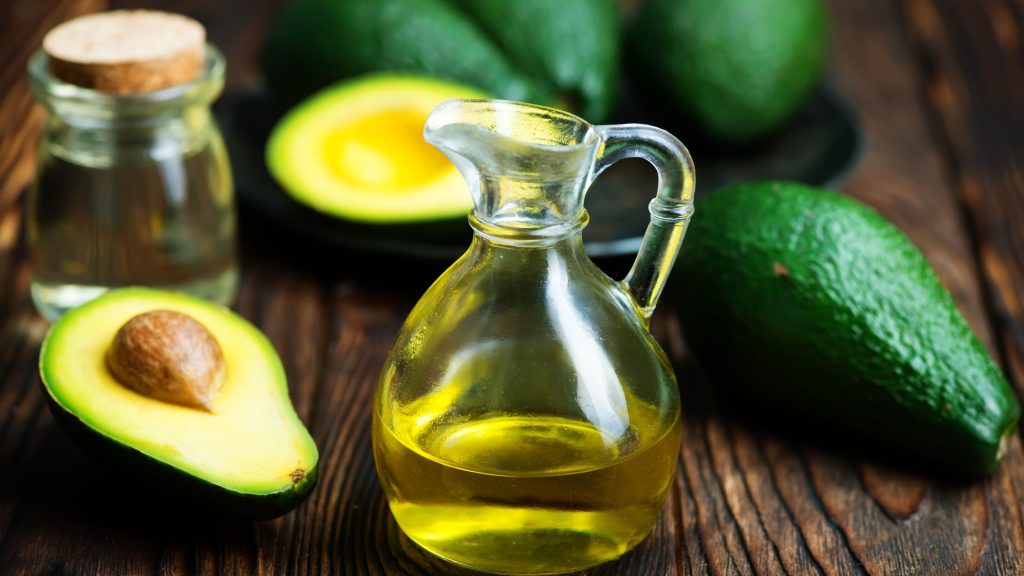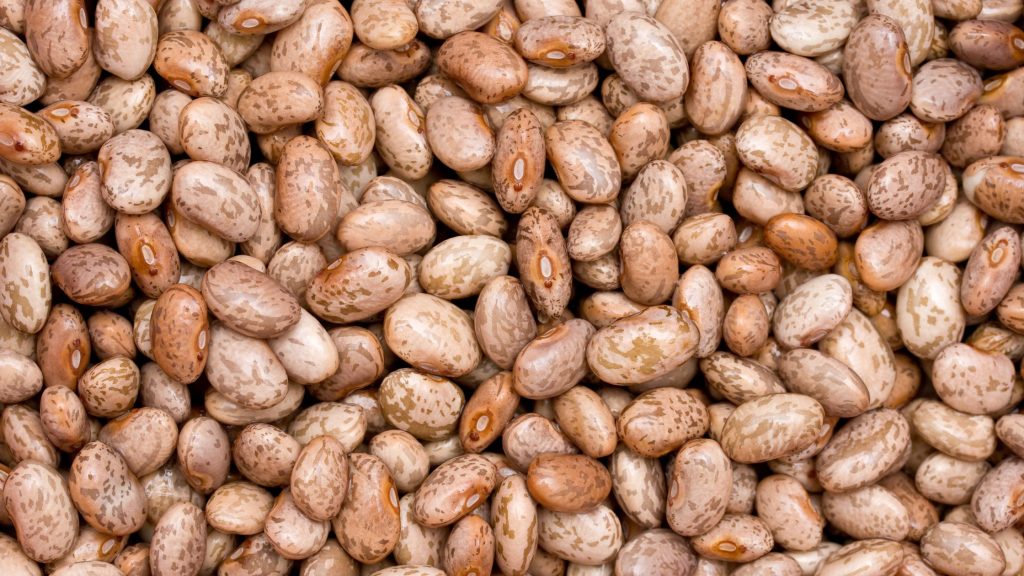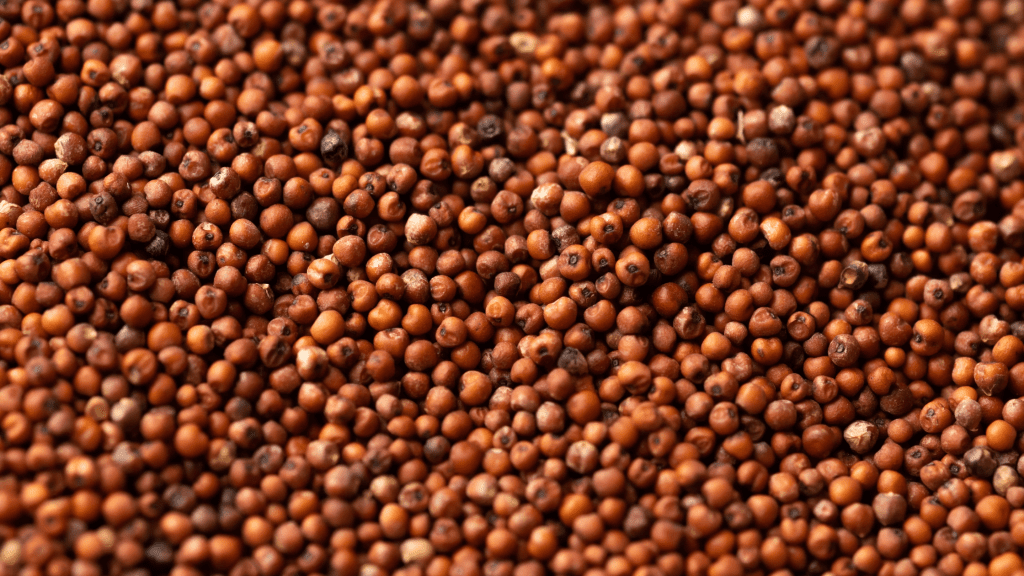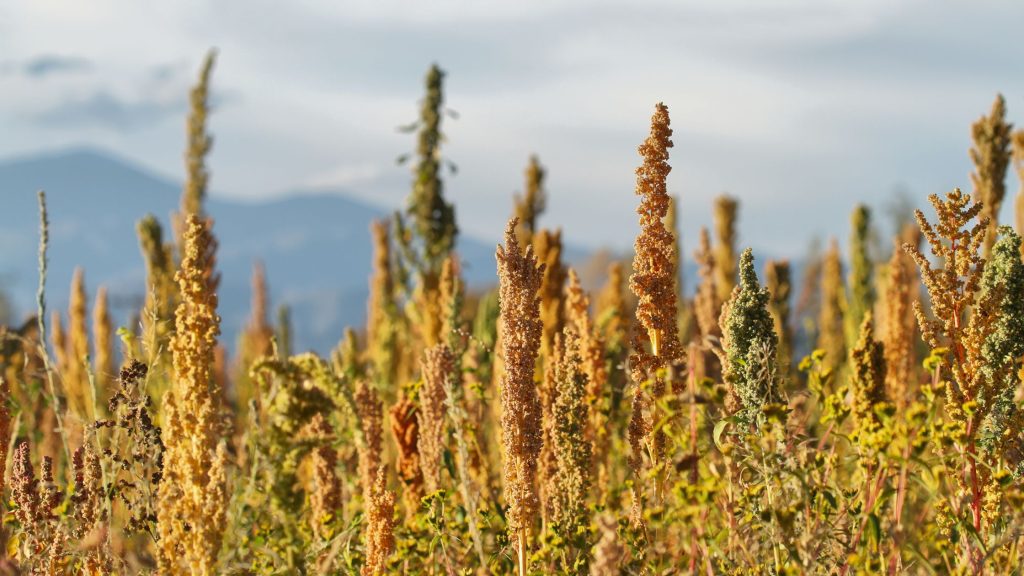In recent years, millets, these nutrient-packed ancient grains, have made a significant comeback in the world of nutrition and sustainable agriculture. These tiny grains, often overshadowed by their more popular counterparts like rice and wheat, have a fascinating history and a plethora of benefits that many people are unaware of. In this blog post, we’re going to unveil 10 surprising facts about millets that will undoubtedly pique your interest and might even encourage you to incorporate them into your diet for a healthier and more environmentally-friendly lifestyle.
10 Surprising Facts You Didn’t Know About Millets
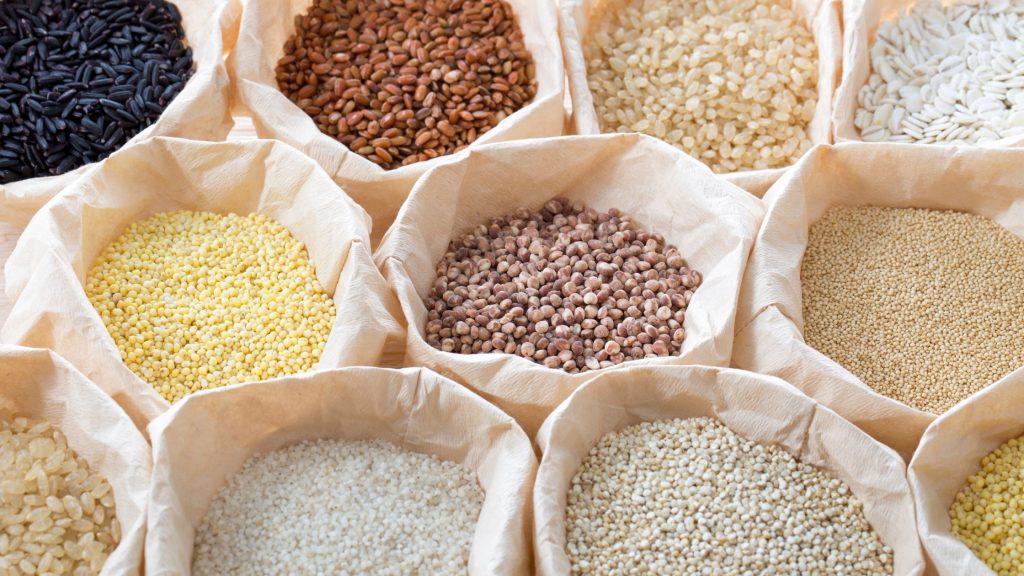
- The Ancient Origins of These Nutrient-Packed Ancient Grains: Millets are among the oldest cultivated grains in the world, with a history dating back over 7,000 years. They were staple crops for ancient civilizations in Asia and Africa, such as the Indus Valley Civilization and the Egyptians.
- Diverse Varieties: There are over 6,000 varieties of millets, each with its unique flavor, texture, and nutritional profile. Some common types include kodo millet, finger millet, foxtail millet, browntop millet, little millet and sorghum.
- Drought-Resistant: Millets are incredibly resilient to harsh environmental conditions, making them a crucial food source in regions with limited water resources. They require far less water than traditional grains like rice and wheat.
- Gluten-Free: All millets are naturally gluten-free, making them an excellent choice for those with gluten sensitivities or celiac disease. Millet flour can be used as a gluten-free alternative in various recipes.
- Nutrient Powerhouse: Millets are packed with essential nutrients. They are rich in fiber, protein, B vitamins (especially B3 and B6), calcium, magnesium, iron, and zinc. This nutritional density makes them a valuable addition to a balanced diet.
- Low Glycemic Index: Millets have a low glycemic index, which means they release sugar into the bloodstream slowly. This helps stabilize blood sugar levels, making them suitable for diabetics.
- Healthy Fats: Unlike some grains, millets contain healthy fats, including omega-3 fatty acids. These fats contribute to heart health and brain function.
- Antioxidant-Rich: Millets are loaded with antioxidants that help combat free radicals, reducing the risk of chronic diseases and promoting overall well-being.
- Versatile Culinary Uses: Millets can be used in various culinary applications. They can be cooked as a savory or sweet porridge, used to make bread, muffins, and pancakes, or even incorporated into salads and soups.
- Sustainable Crop: Millets are environmentally friendly. They are known for their low carbon and water footprints, making them an excellent choice for sustainable agriculture and combating climate change.
Conclusion
Millets are truly remarkable grains that deserve more recognition in our modern diets. With their rich history, nutritional value, and adaptability in diverse culinary creations, millets offer a myriad of benefits that can enhance both our health and the environment. By including millets in your meals, you not only enjoy their unique flavors and textures but also contribute to a more sustainable and nutritious food system. So, the next time you’re considering grains for your meal, give millets a try – you’ll be pleasantly surprised by their versatility and goodness.


